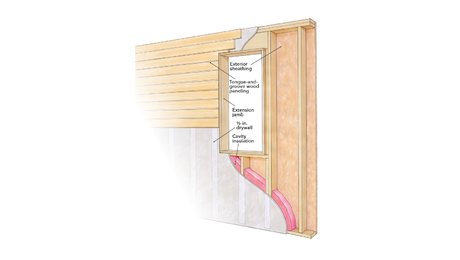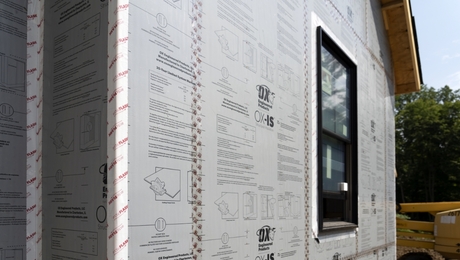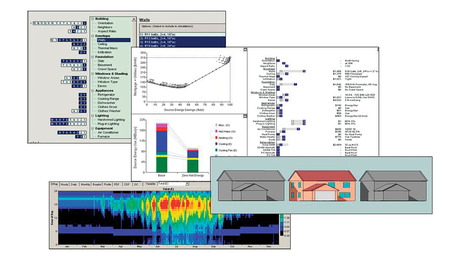Can You Paint Electrical Panels?
Wallpaper or paint is OK on the panel cover, as long as it does not hinder functionality or hide required markings.

Does the National Electrical Code (NEC) allow electrical panel covers to be painted to match a wall color? I often see covers painted in institutional and commercial settings, but I thought part of the NEC included a provision that prohibited altering safety-tested products. Is paint or wallpaper considered an alteration?
—Patrick McCombe, Sandy Hook, Conn.
David Shapiro, master electrician and NEC expert, replies: The short answer is that if you’re not hiding any required markings, and you’re not interfering with its function, it’s okay to paint an electrical panel cover.
There is a critical caveat: Avoid allowing spray paint into the panel. Panelboard cabinets are typically not completely sealed units, and the NEC rules for installing them don’t require you to eliminate the slightest gap that spray paint might enter. Moreover, sometimes screws are missing or are replaced with not-quite-right screws, leaving an open space at the cover screw holes. Also, it’s not uncommon for people to leave out filler plates where circuit breakers have been removed or use unsuitable filler plates. Realistically, rolling or brushing paint over a panel cover shouldn’t be an issue. Get spray paint inside, and you might have to toss the entire load center.
Accessibility is another consideration. If you paint an electrical cover in place so the paint carries across to the wall, you will have to cut around it carefully in order to avoid the nuisance of ripping up the wall paint the next time you remove the cover. Technically, this means the paint violates the accessibility requirement, but I’ve never heard of an inspector calling this out.
Similar rules apply to wallpaper. Avoid spraying the inside panel with wallpaper paste or slopping paste on a breaker. Combustibility is the bigger concern when it comes to wrapping a panel cover in wallpaper versus painting one. No combustible material can sit between any (line voltage) electrical cover and an enclosure. That means you need to cut the wallpaper around the cover—no tucking it under.
Photo: Patrick McCombe
From Fine Homebuilding #310
RELATED STORIES





























